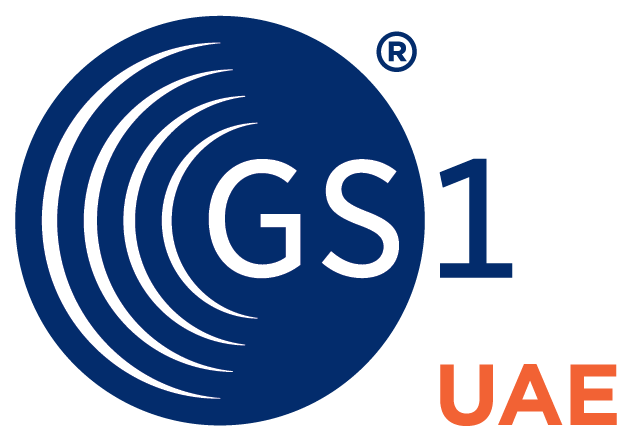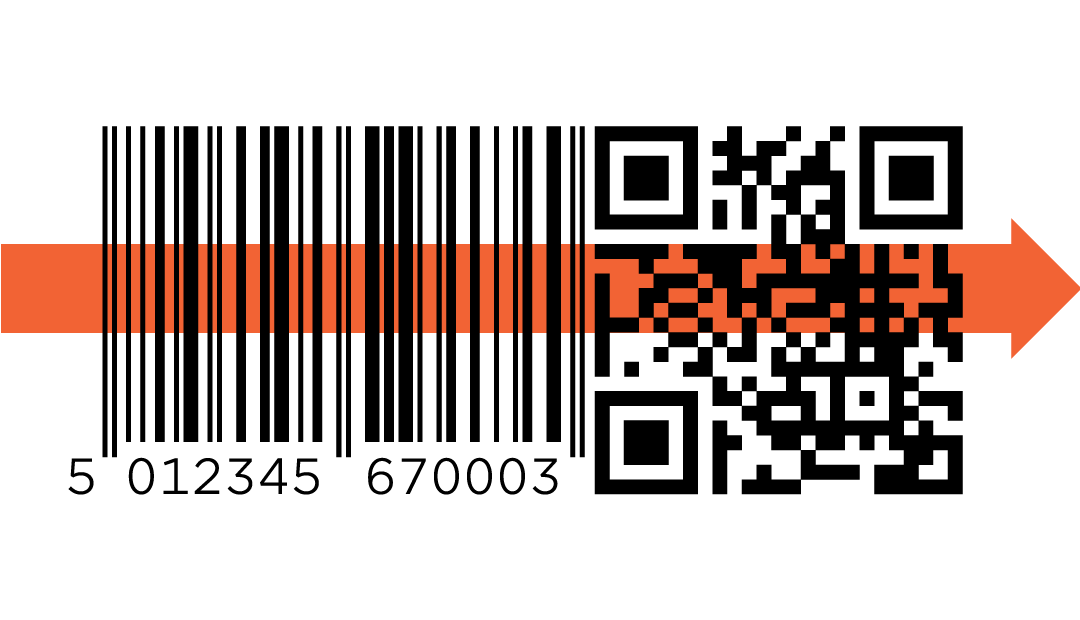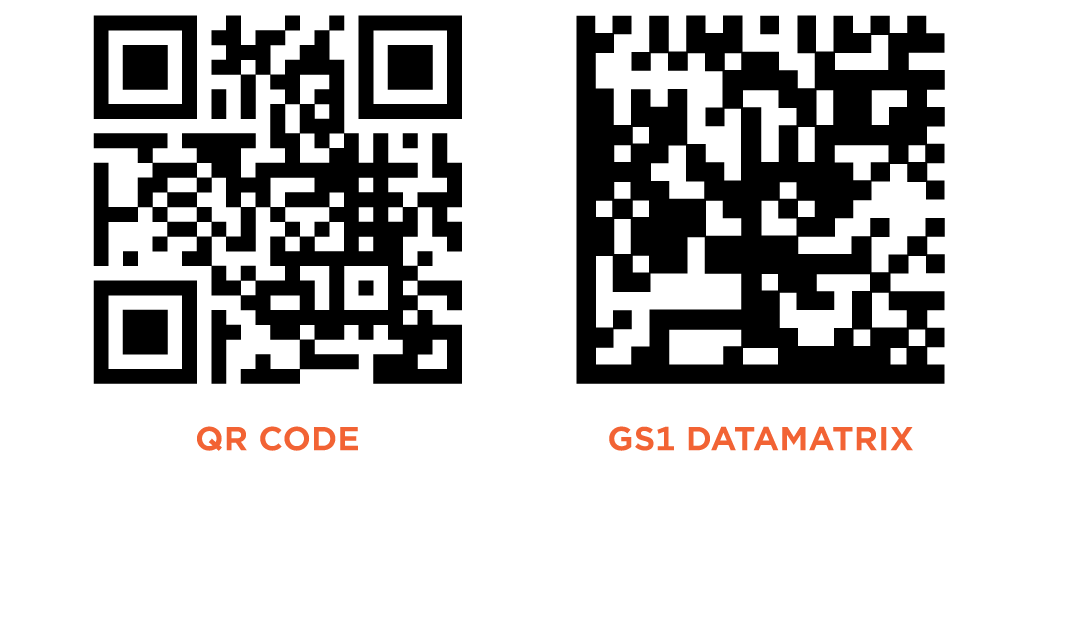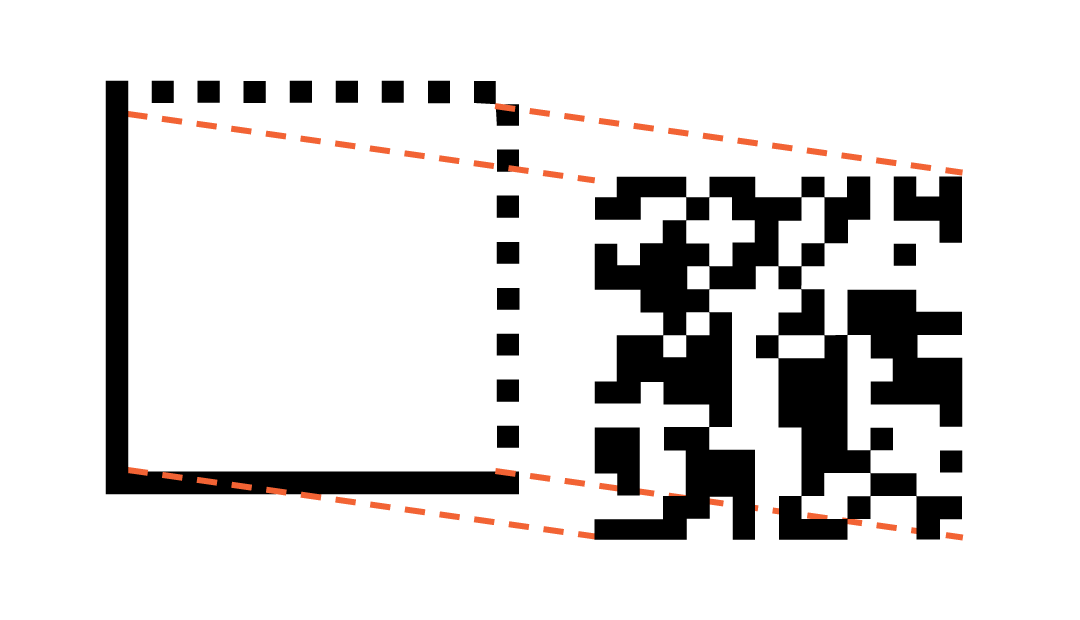Today many businesses use multiple barcodes on their packaging – an EAN or UPC to store the GTIN that identifies the product, and a QR code to provide more product information to consumers or trading partners.
2D barcodes are able serve both purposes, allowing you to free up packaging space, drive revenue, transform digital strategy and power sustainability agendas while still harnessing the benefits of increased product data.








